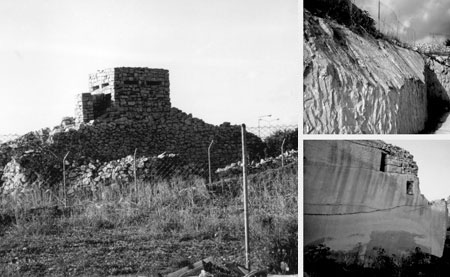Extension of a new hospital
Date : 1999Client : Skanska Malta J.V.
The Environmental Impact Statement was prepared as part of the development planning application submitted to the Planning Authority for the extensions to the new hospital development at Tal-Qroqq, presently developed and operating as Mater Dei Hospital, the general hospital on mainland Malta which replaced St Luke's Hospital.

The proposed extensions consisted of two distinct tracts of land with differing land use characteristics. The one to the east covered an area of approximately 19,200m², which consisted entirely of abandoned agricultural land, while the western fringe covered an area of approximately 76,000m² and consisted primarily of good quality arable land that is intensively cultivated.

The development, including the existing structure and the proposed lateral extensions of the new hospital, covers an area of 169,200m². At its highest point, that is about 400m to the east of the boundary wall of the University of Malta grounds, it lies at an altitude of 61m above mean sea level (AMSL), dropping to 52m AMSL near its western boundary, adjacent to the San Ġwann Industrial Estate.
The total site boundary of the existing hospital structure, together with the proposed extensions, measures circa 650m along the West-East axis and circa 250m along the North-South axis. The north-western side of the new hospital complex is bordered by the San Ġwann Industrial Estate, whilst the north-eastern side is bordered by the town of San Ġwann. To the east of the new hospital, San Ġwann merges with the Kappara residential core whilst to the south, the newly established residential zones of Tal-Qattus and Swatar together with the Tal-Qroqq Hamlet, dominate the landscape.

The study area was set at 600m radius from the hospital development. The main characteristics of the study area were landform, landcover and landscape elements. Landform describes the geomorphological features such as valleys, hills and plains, whilst landcover indicates the landuse, such as built-up, agrarian and garigue. Landscape elements are physical structures such as dwellings, tree clumps and farms.
Click here to download the Environmental Impact Statement.
